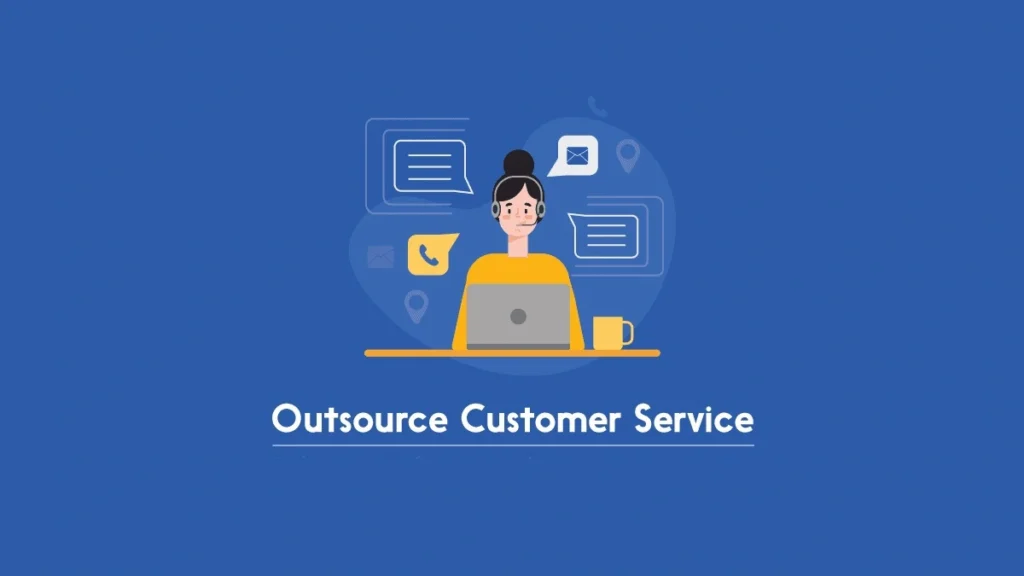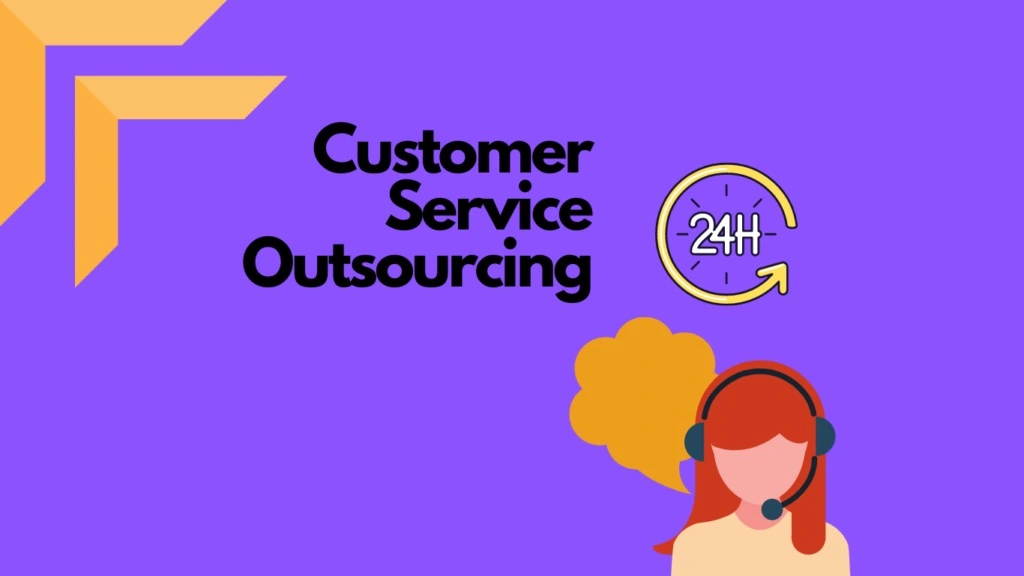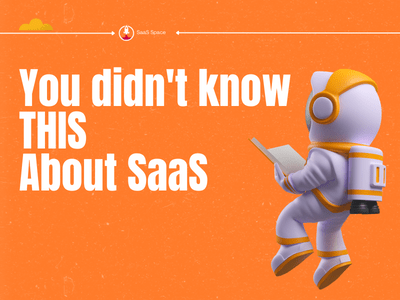Have you ever wondered how companies sustain a customer support experience that is extraordinary and yet at the same time cost-effective? Customers are the backbone of any business around the globe. If they’re having any difficulty or want to ask queries, but are not getting answers on time, they’ll switch to another company product, as lots of options are available. Customer service outsourcing has emerged as a potent strategy owing to its ability to enable a company to scale, access global talent, offer 24/7 customer support, and not break its internal team in the process.
In this article, we are going to talk about the main advantages of outsourcing and the best practices to advise you on how to develop better, more effective customer experiences.
What is Customer Service Outsourcing?
Customer service outsourcing involves contracting with a third-party provider-based onshore, offshore, or a combination of, to handle customer communication over a variety of channels, including phone, email, chat, social media, and self-service portals.
This has been extended to cover complex, high-value, and multilingual interactions in addition to routine support in 2025, distinguished by AI-driven tools and advanced analytics.
Key features:
- Intelligent use of AI-based chatbots, virtual assistants, and NLP-based sentiment analysis to provide automated and customized support.
- Multichannel and multilingual support, which will allow creating smooth customer journeys across channels.
- Flexible models like onshore, offshore, nearshore, and hybrid are suitable for business profiles and demographics of customers.
Types of Customer Service Outsourcing
To outsource customer service, you need to understand its types and choose accordingly.
1. Domestic Onshore Outsourcing
Onshore outsourcing means contracting customer service providers in your country. This model is best suited to those businesses that must have a high level of brand alignment, cultural awareness, and adherence to domestic laws.
In 2025, it is regularly selected when the interactions are sensitive or hold high value, and quality and compliance are essential, but at a greater cost.
2. Offshore outsourcing (International)
Offshore outsourcing entails the use of customer service partners in remote nations. The model is popular because of its high cost-saving potential and a wide talent pool.
With better training, technology, and process management, the quality difference between offshore and onshore outsourcing has been reduced further in 2025.
3. Nearshore Outsourcing
Nearshore outsourcing refers to working with providers in the adjacent countries, usually within similar time zones.
The model provides a medium between affordability and convenience, as real-time collaboration and integration become less complicated, but still provides significant savings.
4. Hybrid Emerging Models
Hybrid outsourcing is the integration of the advantages of onshore, nearshore, and offshore outsourcing sources to achieve optimum cost, quality, and flexibility.
GigCX (gig-based customer experience) and AI-powered support are occurring, allowing quick expansion and a trouble-free collaboration between humans and AI to address routine, as well as complex inquiries.
When Should You Outsource Customer Service?

As an HR or businessperson, there might be several reasons for customer support delegation. Here are some of the common reasons.
- Overwhelmed internal departments: When inquiry volume is greater than the in-house capacity, it creates a situation in which response times are slower and the quality of service decreases.
- Seasonal/fluctuating demand: Outsourcing allows variable scaling in peak periods with no overhead costs associated with recruiting and training seasonal personnel.
- Distraction to main business: The activity of customer service management takes away focus from the main business, such as product development or making sales.
- Globalization: Multi-lingual and 24/7 support over time zones.
- Use of superior technology: The outsourcing affiliates offer AI and analytics as well as omnichannel platforms that can prove too expensive within the organization.
- Cost pressures: Outsourcing may save as much as 40 to 70 percent on operational costs and also presents a predictable monthly spending
2025 Data:
Small businesses already use outsourcing, or are planning to, right now, with 90 percent of them citing this use, driven by cost savings which are often between 40% virtually to 70 percent in relation to in-house teams.
Benefits of Customer Service Outsourcing

Answering customers on and off is difficult to tackle, unless there is a whole department for customer support. However, if you hire third-party customer service instead of making whole department for this task, you are saving lots of budget, time, and efforts. Here is how,
- Cost-effective: Outsourcing can reduce operational costs by 40-70% in the form of saved labour, infrastructure, and technology expenses.
- Increased Revenue: More satisfied customers and improved responsiveness also lead to referrals and greater sales, giving teams more time to work on core areas of business expansion.
- Multilingual Support: Availability of a world talent pool makes it possible to get multilingual representation and support all over the world.
- Increased Customer Satisfaction: Outsourced centers tend to have high CSAT scores and higher first-call resolution, particularly when using AI-powered analytics.
- Reduces Total Expenditures: Collaborative infrastructure, more adaptive pricing strategy, and more advanced technology reduce total expenditures and help maintain budget predictability.
- Scalability and flexibility: Outsourced teams are fluid and scale quickly according to demand, as needed in reacting to season, spikes in the market, or shifts.
- Greater Reach: 24/7 multi-channel coverage and a global presence expand the reach of your brand, which subsequently can empower effective service delivery to various groups of consumers.
How to Choose the Right Outsourcing Partner
Now, the most challenging part is selecting a reliable, perfect, and best outsourcing customer partner. You can keep these things in mind while choosing one for your business.
1. Set Clear Goals
The initial step in selecting your outsourcing partner should be to define what you want to achieve. Having a vision will determine where to put your primary emphasis, be it cost savings, scalability, or multilingual support.
The set KPIs also need to be in measurable terms, backed up by service level agreements (SLAs), so you can monitor the performance and meet the goals regularly.
2. Select the Right Partner
Think about how well a new partner understands your industry and how well they understand your customer base when selecting potential partners.
Evaluate their depth of technology stack, including AI, analytics, and omnichannel capabilities, all of which can have a big difference in service quality. References, case studies, and cultural fit are also important factors to check to make a decision.
3. Provide Training
Outsourced agents need to be well-trained with regard to your products, processes, and brand ideologies in order to maintain consistency in how customers are treated. In addition, training should also emphasize clear communication, including understanding the difference between enunciation vs pronunciation, to ensure every customer interaction is easily understood.
Training is not a one-time activity; ongoing coaching and quality control are the best investments to keep the levels of service high, and to keep it that way, the outsourced staff keeps doing its job well.
4. Prioritize Data Security
Outsourcing depends on data protection. Your partner must also possess industry-recognized certifications like SOC 2, ISO 27001, and Zero Trust frameworks.
Such security options as end-to-end encryption, multi-factor authentication, and routine audits should be in place.
5. Forge a close collaboration
Contracts are not the only things needed to make an outsourcing relationship successful, but cooperation. Open communication, transparency, and the same goals that build trust in the relationship enhance the relationship itself.
The process is mitigated by making outsourced teams a part of your processes and culture so that there will be seamless operations and a consistent flow of customer experience.
6. Use the Correct Technology
Modern outsourcing is based on technology. Find partners that offer AI-enabled platforms that are cloud-native and possess real-time analytics to enhance efficiencies.
Appropriateness is also compatibility; the integration of the partner system with your existing infrastructure should be seamless to avoid impairment.
7. Use Quality Assessment Tools To Measure the Service Quality
It is imperative to monitor and measure the performance. The establishment of real-time monitoring, performance dashboards, and regular reporting will provide visibility to service levels.
Frequent performance and security audits will allow us to identify problems at an early stage and maintain the quality.
8. Conduct Frequent Reviews
Keeping everything under consistent reviews enables you to measure success against agreed KPIs, customer feedback and compliance status. Such reviews should also present chances to determine areas of improvement.
If the need arise, be prepared to renegotiate contracts, or change and transform to suit the changes in business requirements.
9. Be Flexible to Switch When It Is Necessary
Flexibility is a component of success in outsourcing. Enter into contracts where you have flexibility, where the exit contract is clear, and where you are not locked into the vendor. This will allow your business to scale rapidly or change suppliers where necessary so that your business is always in control.
Wrap-Up
To enterprise HR leaders, customer service outsourcing in 2025 is a booster of agility, customer-centricity, and innovation. Incorporating the most recent innovations in AI, NLP, and omnichannel service adoption as well as working with suppliers willing to focus on data security and compliance, organizations can provide their customers with a great experience.
For more articles click here to visit our website.
- Top 5 Best AI Presentation Makers in 2026 - December 24, 2025
- Best AI Text Generator Plugin for Woocommerce: WriteText.ai - December 23, 2025
- The 5 Best AI Tools for PowerPoint Presentations in 2025 - December 22, 2025


